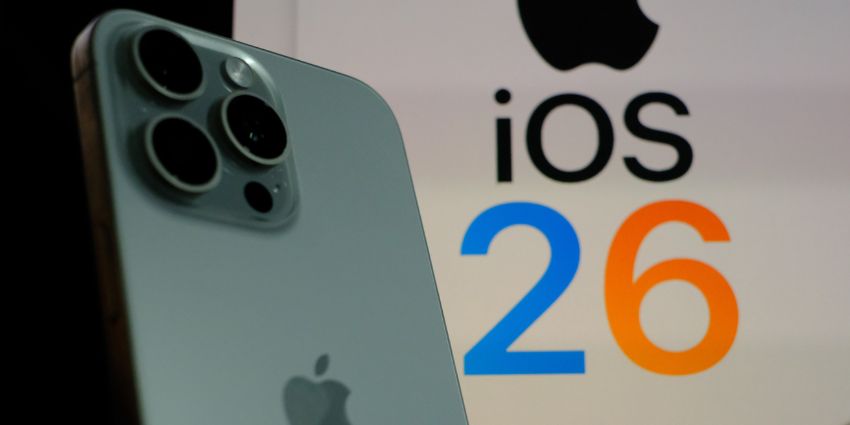Jamie Carter has been the Voice of the Customer Manager at Belron International for the past seven years.
While the name Belron may not ring too many bells, its subsidiaries certainly will.
As a specialist in vehicle glass repairs and replacements, Belron is the parent company of Autoglass in the UK, making it responsible for the brainworm of a jingle that is:”Autoglass repair, Autoglass replace.”
Elsewhere, across the majority of Europe, its operations are known as Carglass. While Safelite is the business’ largest endeavor in the USA.
At Belron, Carter helps to oversee the voice of the customer (VoC) strategy for all of Belron’s global subsidiaries and implements lessons across its marketing, sales, and service teams.
That’s no mean feat, with thousands of people working in its contact centers alone.
However, despite the size and complexity of that task, Belron has consistently produced on a global scale.
According to Carter, the company’s NPS score has “been in the 80s for the last ten years at least,” with it having broken its own record last year and looking set to break it again this year.
In an exclusive interview with CX Today, Carter shares three lessons he’s learned from his time at Belron, which have helped to bolster the company’s VoC strategy.
So, without further ado, let’s consider Carter’s advice for developing a successful VoC strategy.
1. Track the “Voice of the Lost Customer” and “Red Calls”
While the phrase “voice of the lost customer” sounds like it could be the title of a discarded Stephen King novel, it refers to a program Belron introduced to identify the reasons why a customer chooses not to go ahead with getting their glass repaired/replaced after contacting the company.
“We want to understand from the customer’s perspective why they didn’t get the job done with us,” he explains.
Is it because we don’t have a direct partnership with their insurer? Is it because they just wanted to pay cash, and the price was too high? Or is it reasons like negative word of mouth or the branch was too far away?
To uncover this information, Belron is currently using a combination of text analytics and surveys, with Carter believing the program will allow the CX team to equip sales and service agents with more detailed and impactful insights.
Alongside “lost customers”, the team targets “red calls” or “non-opportunity calls” where a customer isn’t looking to place an order, but is instead asking a follow up query about an existing order.
By analyzing these contacts, Belron hopes to spotlight automation opportunities and free up agents to spend more time on ‘opportunity calls.’
2. Connect CX Metrics with Broader Organizational Goals to Gain Buy-In
Achieving buy-in to make the changes that customer feedback warrants – across CX functions – can be a difficult proposition.
At Belron, the CX team struggled with this due to the intense departmental focus on NPS, described as the company’s “holy grail.”
“There was a lot of: ‘If we send more surveys, will our NPS score be impacted?’ And: ‘Are these survey insights going to influence anything in the business?’”
While he is proud of the company’s strong NPS record, Carter admits that it was “a bit of a double-edged sword” when it came to driving action, as it was often deprioritized, causing ‘Insight Dogmas’ in the business that the CX Team looked to prove or disprove.
To ease the concerns of colleagues, the team needed to show evidence that the changes they were making enabled significant results beyond NPS.
As such, they worked across departments, “connecting the dots” to show how customer insights impacted conversion and the bottom line. Carter adds:
Since buy-in has been easier to get because we’re not just talking about improving your NPS score, we’re talking about the bottom line. The CX Team see it as a ying and yang effect, if we can improve VOC metrics, we should naturally improve conversion, and if we improve conversion, we should naturally improve VOC metrics.
But it’s not just the bottom line and broader business outcomes. The CX team builds reports that highlight how improvements in customer experience can impact employees and sustainability objectives, too.
In taking this broader approach, The Belron CX team gains greater buy-in across CX functions.
3. Develop a Center of Excellence
Belron has a global customer base. And, while it’s important to have company-wide strategies and initiatives, it is also vital that individual countries and areas are free to work in ways that resonate with their specific customers.
In order to encourage and learn from these unique perspectives, the CX team introduced a Centre of Excellence (CoE).
In a nutshell, the CoE consists of regular meetings between “super users” from each country where they are able to share ideas, best practices, and insights.
In doing so, the individual teams can pick each other’s brains, as Carter explains:
If there’s something good going on in Germany, for example, how do we then implement that in Italy to achieve good results?
The initiative also involves an annual in-person meet-up with Qualtrics – Belron’s VoC provider – which enables the super users to quiz the vendor on its latest innovations.
Carter praised his colleagues, explaining how having people who can “drive the action locally” is crucial to maximizing the potential of any customer insights.
He concluded: “These guys work extremely hard on insight, which – in turn – keeps our scores world-class.”
Thanks to Jamie Carter, VoC Manager at Belron International, for sitting down with us and Qualtrics for helping to set up the interview.
For more expert insights from other CX specialists, subscribe to the CX Today Newsletter.







